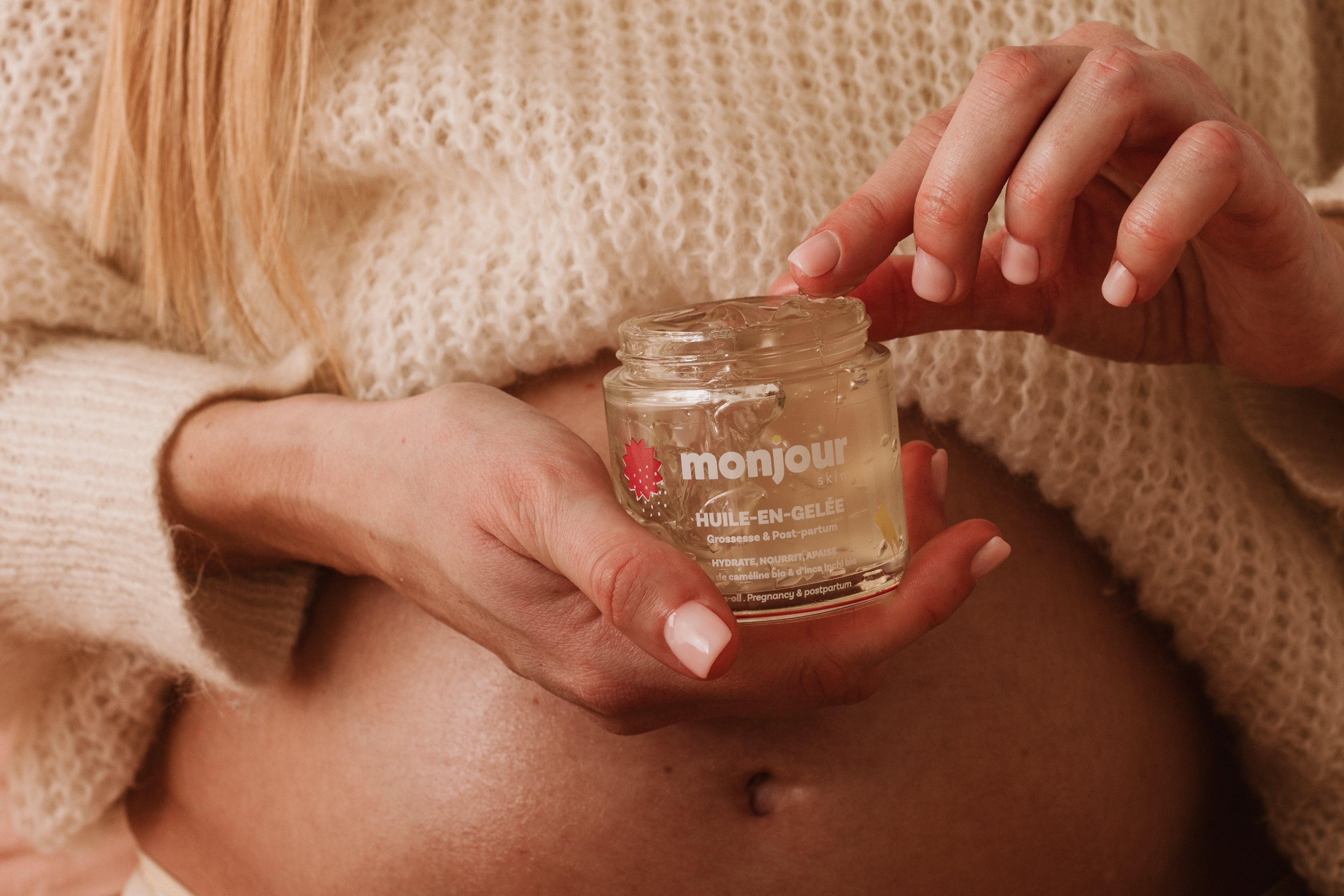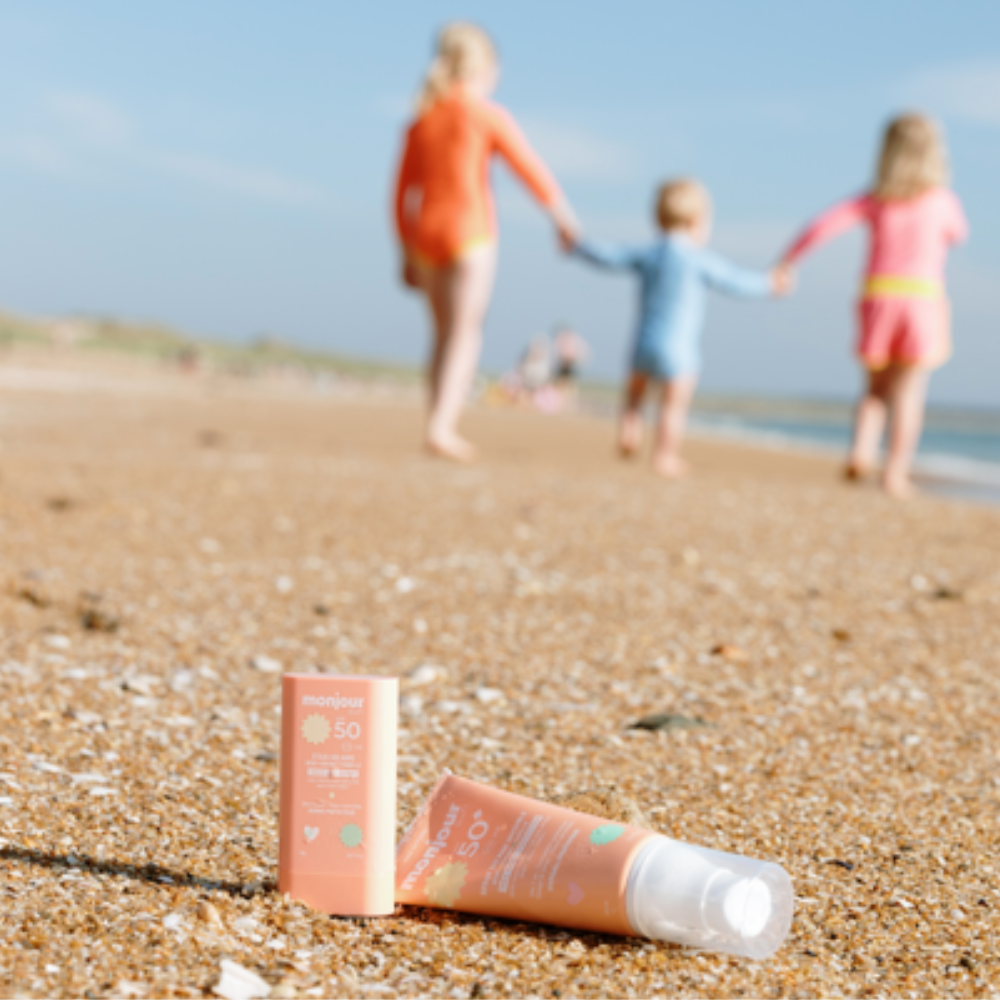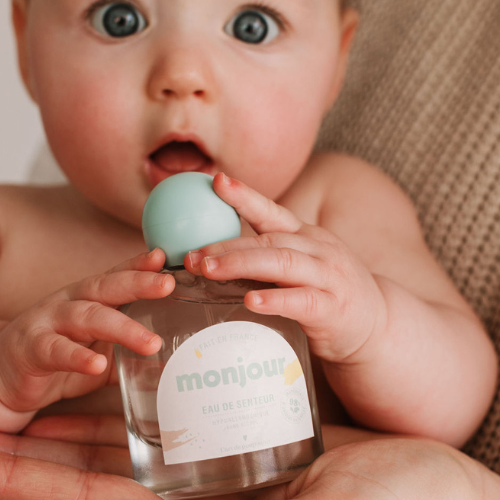Sunglasses in winter: 5 questions we ask ourselves (and our answers!)

In winter, we often think that sunscreen can stay in the cupboard. However, the sun is always there, even on gray days, and its rays continue to affect our skin. If you're wondering if winter and summer sunscreen are different, or how to use it properly, this article is for you! We answer 5 common questions to help you understand and take care of your skin.
Do you really need to wear sunscreen in winter?
Yes, yes, and yes again! Even if it's cold, we can't say it enough: the sun doesn't take a vacation. UVA rays, which are the main culprits of skin aging, pass through the clouds. And if you're in the mountains, be careful: snow reflects up to 80% of UV rays, increasing their impact on your skin. As a result, sunburn and premature skin aging are possible, even in the middle of January.
For children, vigilance is even greater. Their skin, which is much thinner and more sensitive, is particularly vulnerable to UV rays. Repeated unprotected exposure increases the risk of sunburn and can weaken their skin barrier.
Which SPF should you choose for the cold season?
For everyday life, whether in the city or at the office, an SPF of 15 to 30 is more than enough. But if you're going skiing or going to high altitudes, step it up a notch with an SPF of 50 for maximum protection.
For children, SPF 50 is essential, no matter the situation. Choose a sunscreen suited to their skin, often based on mineral filters, which act on the surface without penetrating the epidermis.
How do I incorporate sun protection into my winter routine?
It's much simpler than it looks! Apply your sunscreen as the last step after your moisturizer, just before your makeup. Many tinted products or BB creams already include SPF, a real time saver.
For children, apply a generous layer of sunscreen to all exposed areas before each outing. Pay particular attention to sensitive areas like the nose, ears, cheekbones, and hands. Also consider lips: a balm with SPF is essential to prevent chapping and burning.
If your skin tends to feel tight in winter, choose a sunscreen enriched with moisturizing agents. It will protect your skin while preventing the feeling of dryness associated with the cold.
Are winter sunscreens special?
Not necessarily, but some formulas are better suited to winter conditions. In the mountains or cold climates, choose rich, moisturizing sunscreens designed to withstand wind and cold.
For children, choose water-resistant and hypoallergenic formulas, free from fragrances and irritants. The new generation of children's sunscreens are easy to apply, leave no white marks, and guarantee optimal protection.
What are the risks of skipping sunscreen in winter, especially for children?
In the short term, your skin and your children's skin can become dry and irritated. UV rays, combined with cold and wind, weaken the skin barrier. In the mountains, the risk of sunburn is very real, especially on sensitive areas like the nose or cheekbones.
In the longer term, repeated unprotected exposure can accelerate skin aging and cause the appearance of dark spots or wrinkles. In children, each sunburn increases the risk of developing serious skin problems in adulthood.
We tend to forget, but the sun is active all year round. Protecting your skin, even in winter, is a small gesture that makes all the difference in preserving its health and radiance. At MonJour, our sunglasses are designed to protect the whole family, in the city as well as in the mountains.
Discover our sunglasses here .
And you, do you protect your children's skin in winter? 🌞









Leave a comment